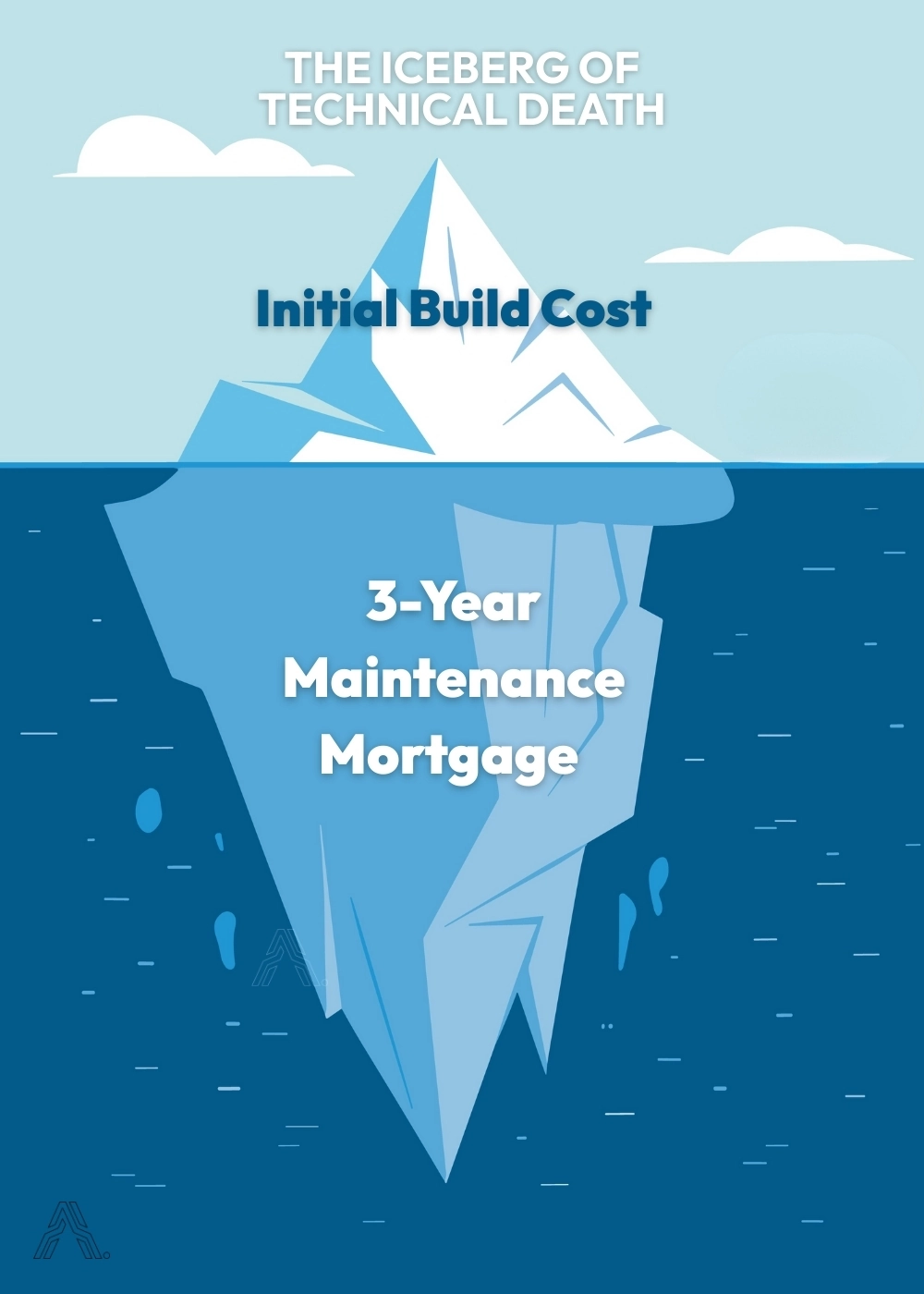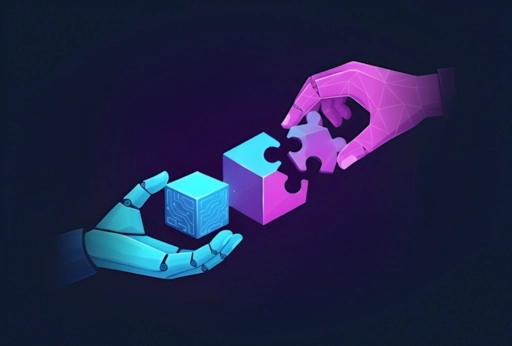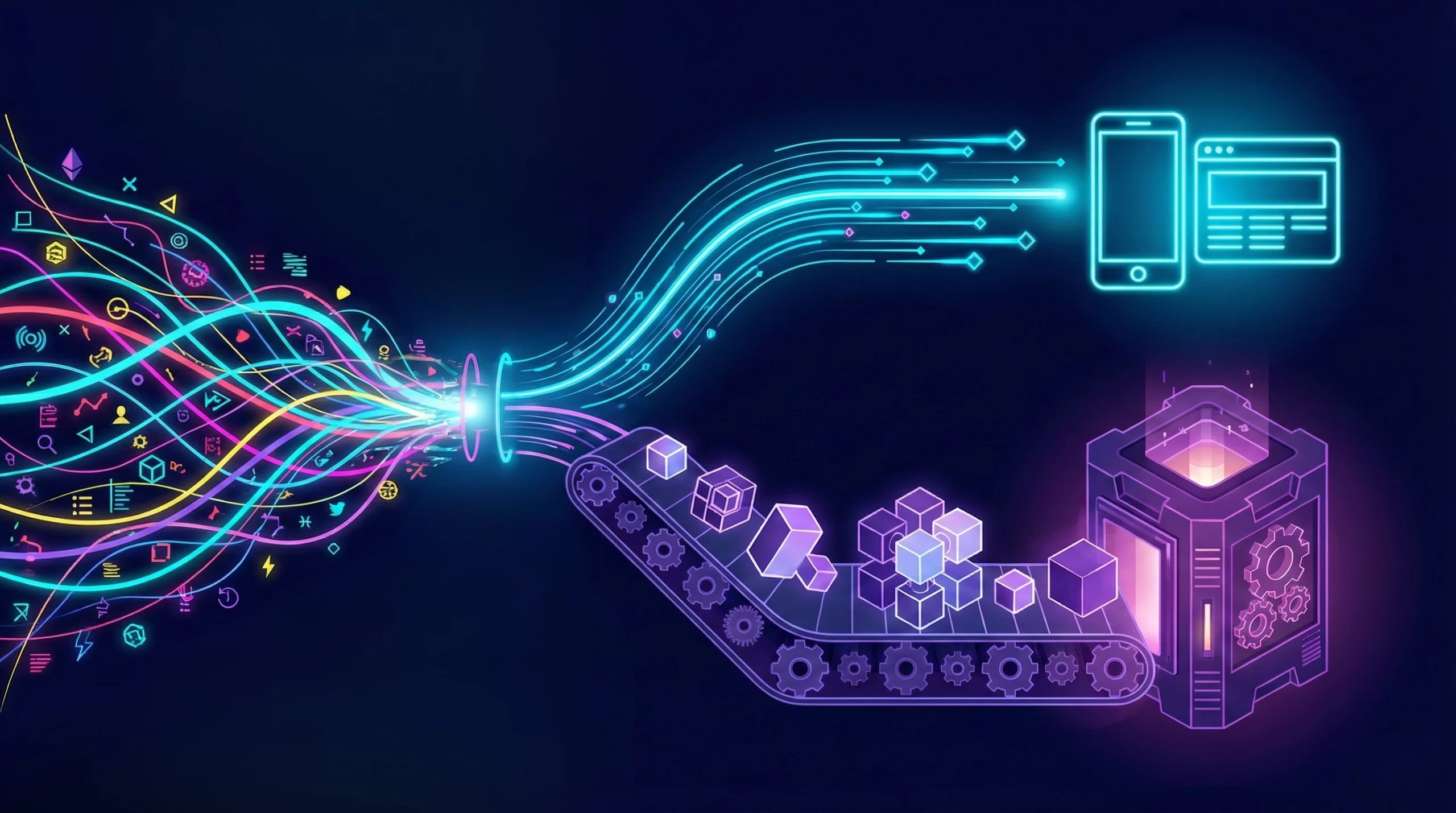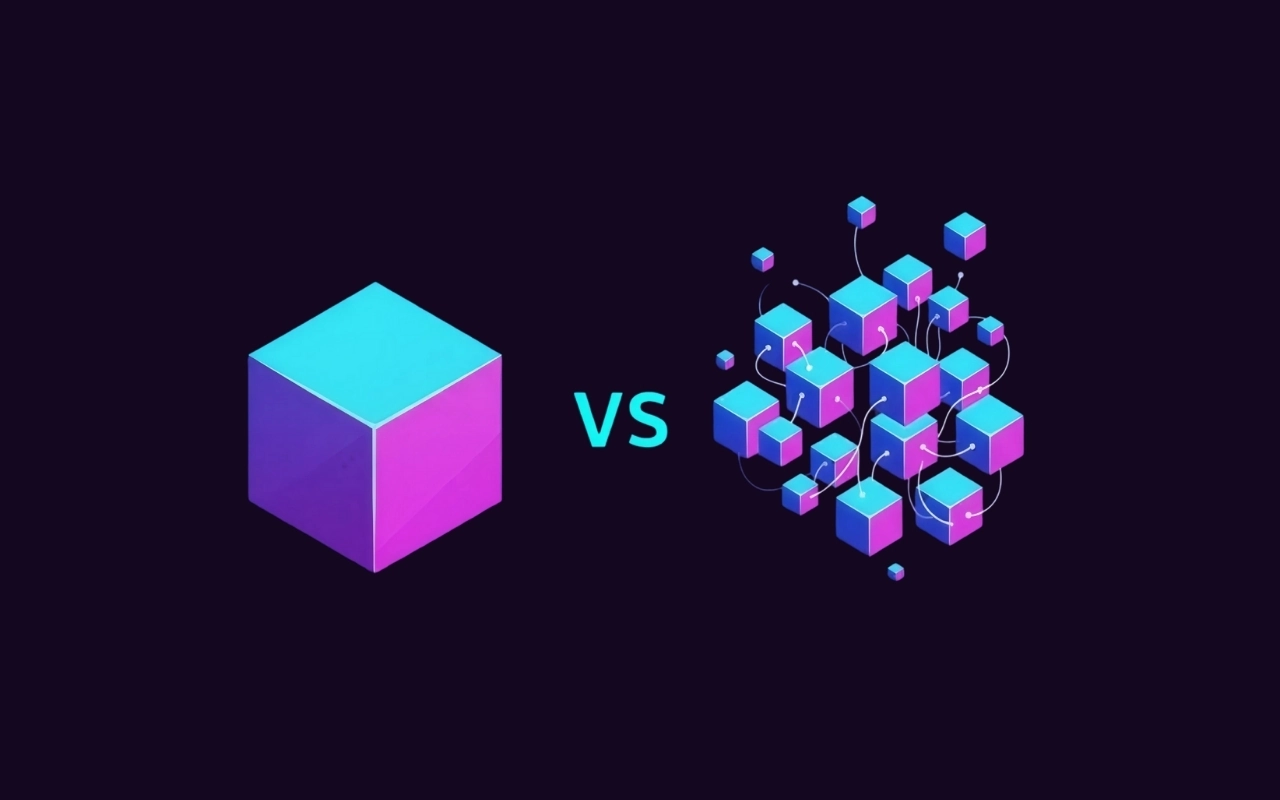For years, the debate around your “build vs buy” software strategy has been presented as a binary choice. Traditionally, you either commit to the heavy lift of custom development, or you accept the rigid constraints of an off-the-shelf product.
However, in 2026, that dichotomy is dead.
If you are a CTO or a Founder today, you know the pain on both sides. For instance, you have likely been burned by a “simple” API integration that broke your entire checkout flow on a Friday night because the vendor decided to deprecate a v1 endpoint without warning.
On the flip side, you have probably stared at a “simple” internal build, maybe a custom authentication system, that somehow ballooned into a six-month security nightmare because the complexity of MFA and session management was underestimated.
The question isn’t “Build vs. Buy.” It’s “Where do I need control, and where do I need speed?”
This isn’t a textbook definition guide. Instead, this is a survival guide for the modern stack. In this post, we are going to break down the real costs, the ones nobody puts in the pitch deck, and show you a third path that smart product leaders are using to win.
The “Buy” Trap: When “Easy” Becomes “Expensive”
We all know the pitch for buying: Speed. Why build a billing system when Stripe exists? Why build search when Algolia is right there?
Generally, you should buy those. But let’s talk about the headache that comes with the “Buy” strategy in 2026: The Integration Tax.
When you buy a platform, you are renting someone else’s roadmap.
We have all seen what happens when a business builds its entire value proposition around a volatile third-party API. Consequently, the moment that a vendor changes their pricing model or rate limits their endpoints, the business model evaporates. Simply put, that is the risk of “renting” your core competency.
The Hidden Technical Debt of Buying:
- API Versioning Hell: You are now responsible for monitoring the changelogs of 15 different vendors. Specifically, one unannounced “breaking change” from a third-party tool can take your platform offline.
- Data Fragmentation: Your user data is now hostage in five different silos. You have support tickets in Zendesk, sales data in Salesforce, and usage logs in Mixpanel. Trying to join that data for a simple report can feel like performing surgery.
- The “Wrapper” Risk: If your product is just a thin wrapper around OpenAI or Anthropic, you don’t have a product. In reality, you have a feature that they will eventually build themselves.
The “Build” Trap: The Ego Project
Engineers (and we say this with love) love to build. It’s fun to invent the wheel.
But in 2026, building “commodity” software is a death sentence for your runway.
It is a tale as old as time: a team decides to build an internal workflow tool to save money on licensing fees. It works great for a month. Then they need error handling. Then they need retries. Next, they need OAuth support for Google Sheets.
Suddenly, the best engineers on the team aren’t working on the core product; they are maintaining a buggy, internal version of Zapier that nobody likes using.
The Hidden Costs of Building:
 The Maintenance Mortgage: Code is a liability, not an asset. Remember, every line you write is a line you have to patch, secure, and debug forever.
The Maintenance Mortgage: Code is a liability, not an asset. Remember, every line you write is a line you have to patch, secure, and debug forever.- Security Compliance: Building your own auth seems easy until you need to be SOC2 compliant. Suddenly, that “free” custom build costs you $50k in audit fees and remediation.
- Infrastructure Bloat: Self-hosting open-source LLMs seems cheaper than API calls until you see the GPU bill for running your own inference clusters 24/7.
The 2026 Framework: Core vs. Commodity
So, how do you decide? You need to be ruthless about separating your Core IP from Commodities.
But context is everything. A Seed-stage startup with three engineers has no business building a custom billing engine, even if it is slightly unique. At that size, you buy speed because you are fighting for survival.
Conversely, if you are a scaling Enterprise and your SaaS usage fees just hit $50k a month, bringing that function in-house shifts from a burden into a strategic asset. The right choice for a 5-person team is often the wrong choice for a 50-person team.
Once you are honest about your resources, apply the separation:
1. The Commodity Layer (Buy It)
If a feature is “table stakes”, meaning you need it to play the game, but doing it better than everyone else doesn’t win you more customers, buy it.
- Payments: Stripe / Adyen
- Auth: Auth0 / Clerk
- Transactional Email: Postmark / Resend
Do not waste a single sprint point here.
2. The Core Layer (Build It)
This is your “Secret Weapon.” This is the logic that is unique to your business.
- Take logistics companies, for example: your routing algorithm is Core. Build it.
- Similarly, for a fintech, your risk scoring model is Core. Build it.
- And if you are an AI company, your proprietary dataset and RAG pipeline is Core. Build it.
This is where you want your engineers to live. In short, this is where you build value.
The “Cheat Code”: The Third Option (Orchestration)
Here is the part most people miss. There is a middle ground between “writing raw code” and “buying a rigid SaaS.”
It’s called Orchestration.

In 2026, the smartest CTOs are using tools like n8n to glue their stack together. They aren’t building custom microservices for every little task, yet they aren’t relying on inflexible native integrations either.
For example, let’s say you need a workflow that triggers when a user signs up, checks their domain against a risk database, enriches their profile with LinkedIn data, and then slacks your sales team.
- The Old Way: Write a custom Python service, host it on AWS Lambda, manage the API keys, build a logging system, and wake up at 3 AM when it breaks.
- The Orchestration Way: Spin up a self-hosted n8n instance. Drag and drop the nodes. Owning the logic, but outsourcing the “plumbing.”
We rely heavily on this “middle path” at Autonomous. It allows us to build enterprise-grade workflows in days, not months.
- Curious how we do it? We actually wrote a full breakdown on how we use n8n to automate businesses without writing code. It’s a great primer if you want to see this in action.
- Want to own the infrastructure? You don’t have to use their cloud. We specifically released a guide on how to self-host n8n on your own servers so you keep 100% control of your data.
- Think it’s just for toys? We have clients running massive operations on this stack. Read our true story about n8n automation to see the scale it can handle.
The 2026 “AI” Reality Check
Finally, a word on AI. The “Build vs. Buy” debate here is fierce.
Do you use an API (like OpenAI) or build your own models?
The “Buy” Case: For 90% of features (summarization, chat, extraction), just use the API. The cost per token has dropped 80% in the last two years. Thus, It is not worth training your own model to summarize emails.
The “Build” Case: However, if your value comes from proprietary knowledge, you can’t just dump your data into a public model. You need to build a RAG (Retrieval-Augmented Generation) pipeline.
- Don’t build the LLM. (That costs millions).
- Do build the Vector Database. (This is your brain).
- Do build the Context Window logic.
Basically, use the giants for their reasoning power, but keep your memory local.
The Bottom Line
The best leaders don’t follow a rigid dogma. They are pragmatists.
- Buy the commodities (Payments, Auth, Email).
- Build the differentiators (Core Algo, Unique Data, Customer Experience).
- Orchestrate the rest using modern low-code tools to save your engineering bandwidth for the stuff that matters.
You don’t have to figure this out alone. We help companies navigate this exact roadmap every day. We aren’t just a dev shop that wants to bill you for hours; rather, we are strategic partners who want to help you build a machine that scales.
Still stuck on a specific “build vs buy” software strategy decision? Let’s jump on a strategic call. We can look at your roadmap, call out the traps, and help you move fast.




